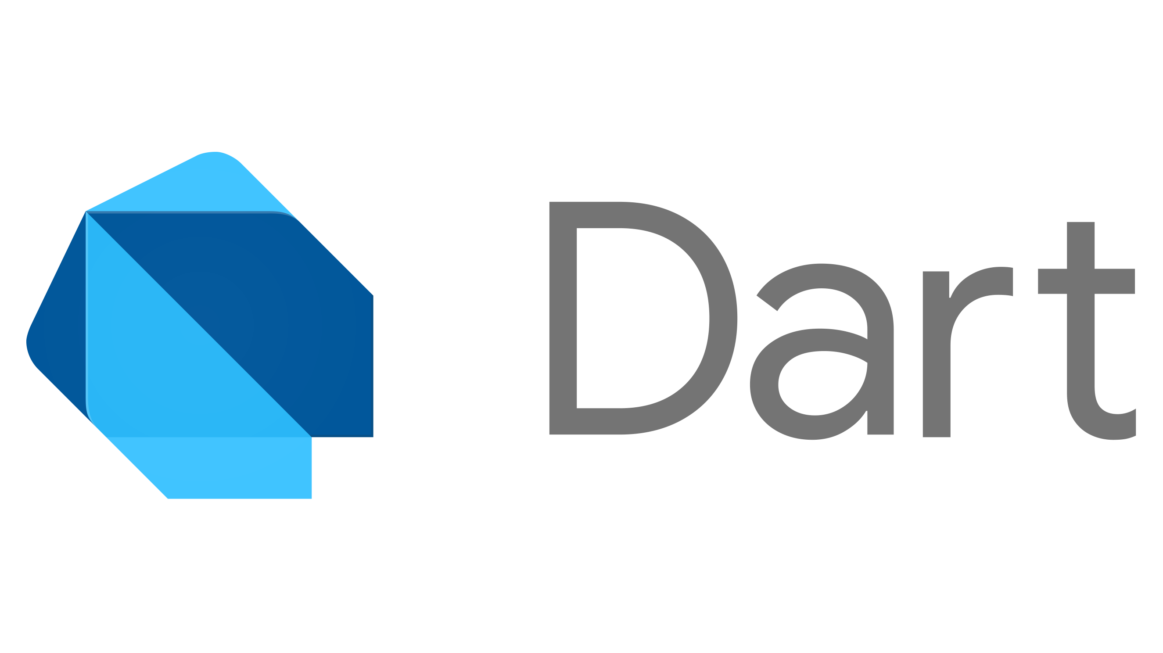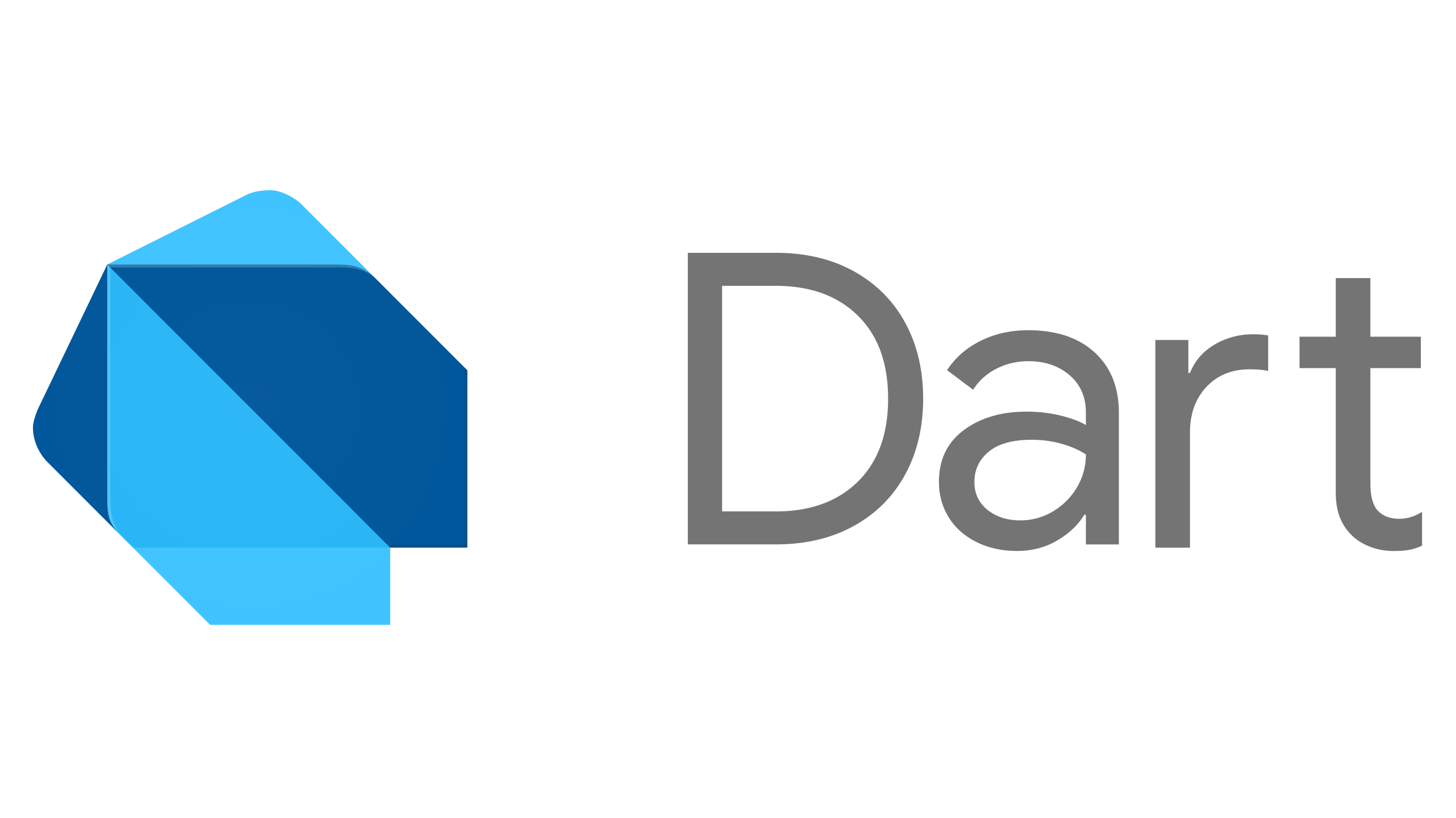Dart is a versatile, open-source programming language developed by Google in 2011, primarily designed for building modern web, server, and mobile applications. It was initially introduced to overcome limitations in other languages when developing large-scale applications. Dart is known for its simplicity, speed, and scalability, making it a popular choice for building user interfaces.

History and Founder
Dart was developed by Google engineers Lars Bak and Kasper Lund. Google aimed to create a language that could solve common problems faced in modern web development, particularly for large-scale applications. Its primary goal was to offer a flexible alternative to JavaScript that could handle both front-end and back-end tasks more efficiently.
Main Features of Dart
Dart comes with several key features:
- Strongly Typed: It supports both static and dynamic typing, providing developers with flexibility in how they write code.
- Asynchronous Programming: Dart makes handling asynchronous tasks easier with features like
asyncandawait. - Cross-platform: It can be compiled to native code for multiple platforms, including web, mobile (via Flutter), and desktop.
- Easy to Learn: Dart’s syntax is simple and easy to understand, especially for developers familiar with C-like languages.
- Fast Performance: Dart’s Just-In-Time (JIT) and Ahead-of-Time (AOT) compilation make it fast and responsive.
Drawbacks of Dart
- Limited Adoption: While gaining popularity, Dart is still not as widely adopted as languages like JavaScript or Python.
- Relatively New: Since it’s a relatively new language, the community and ecosystem are not as large as more established languages.
- Library Support: Though improving, the library support for Dart is not as extensive as for some other languages.
Where Dart is Used
Dart is most commonly associated with Flutter, a popular UI toolkit for building natively compiled applications for mobile, web, and desktop from a single codebase. Beyond Flutter, Dart is also used for:
- Web Development: Dart can be compiled into JavaScript, allowing developers to use it for front-end web applications.
- Backend Services: Dart is also suitable for backend development, especially in combination with frameworks like Aqueduct.
Companies Using Dart
Several prominent companies are adopting Dart for its advantages in building modern applications. These include:
- Google: Google uses Dart extensively, especially for applications built with Flutter.
- Alibaba: The Chinese e-commerce giant has adopted Dart and Flutter for its mobile applications.
- BMW: The car manufacturer uses Dart for its user-facing apps, leveraging Flutter for cross-platform development.
- eBay: eBay utilizes Dart for mobile app development, ensuring consistent performance across platforms.
Conclusion
Dart is a powerful programming language with growing popularity due to its simplicity, cross-platform support, and high performance. While it may not yet have the widespread adoption of older languages, its association with Flutter and backing by Google ensures it is becoming an increasingly important tool in modern software development.

